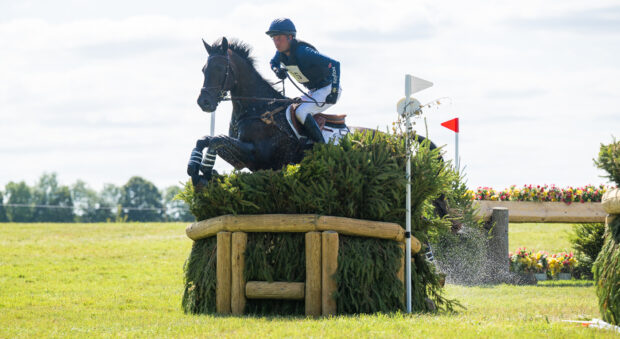Selecting the right people to help you get the most from your horse can be a complicated business and something of a minefield at times. When it comes to vets, most people will recruit according to geographical location, with others having their horses treated out-with the catchment of where they live on the basis of a referral, personal recommendation or previous experience with that practice or particular vet.
Choosing a therapist can be a slightly more tricky area and is a particularly prickly subject in some professional circles. The UK equine industry is brimming with different therapists offering an array of approaches to treatment, all of which make a common claim; they will all do their very best to fix your horse. But where on earth do you start?
Well, at the very base of things is the law. The Veterinary Surgery (Exemptions) Order 1962 allows for the treatment of animals with ‘physiotherapy’, provided that the animal has first been seen by a vet who has diagnosed the condition and decided that the intervention of a therapist is appropriate under his/her direction. This act was preceded by the Protection of Animals Act, 1911, which allocated liability to both the practitioner and the owner if the horse is treated without veterinary diagnosis and the animal suffers as a result.
Finally, and stick with me here, but physiotherapy doesn’t just mean that work undertaken by a physiotherapist, in the eyes of the law it also encompasses osteopathy and chiropractic techniques, but not acupuncture and homeopathy which can only be undertaken by a suitably qualified veterinary surgeon. Phew. Well, not quite; the 1966 Veterinary Surgeons Act said that however qualified you are to treat humans, you can’t treat animals without further qualification. So doctors can’t treat horses in the same way vets can’t treat people, and so and so forth for therapeutic professionals.
The law may tell you where you stand in terms of the possibility of prosecution, but it doesn’t help you pick who to join your horse’s team in terms of keeping them comfortable and able to do their job properly.

Ultrasound
What it does do however is say that a vet must see your horse for the complaint that makes you want a therapist to see your horse in the first place, and so they must be your starting point. Your vet is there not only to diagnose and administer treatment to your horse, but also to advise you and decide who is the best person for the job in hand.
Now this all sounds very straightforward, but we all know that as horse owners we talk to our friends, colleagues, trainers and yard owners about who they use and then factor this into the discussion with the vet. But the vet is key nonetheless; one of the most common reason for seeking complementary therapy for a horse is because they have back pain in some form.
It is more common for back pain to be a secondary issue than a primary cause of dysfunction in a horse, which means that you need the vet to determine and treat the underlying source of the pain, which is very often lameness. By treating the secondary pain without diagnosing the root cause you’re essentially just sticking a plaster on it at best.
The reason that choosing a therapist can be such a difficult proposition is because there are just so many of them and the fact is that some of them are just better than others within and out-with their own schools of training.

Assessment
The key is to work with your vet to determine what and who you and your horse need. A therapeutic diagnosis is different from a veterinary diagnosis and is reached by the deduction of what is required to restore normal function in a horse, and will and should incorporate the vet’s findings. So that means that if a practitioner tells you that they will improve how your horse is moving, they must at least be willing to see it trot-up, lunge, and move in any other way deemed appropriate. This again is where a veterinary referral is essential; we have horses that come to us that are seen by one of our therapists but have had surgical intervention only weeks before and thus aren’t allowed out of walk at that point in their recovery. Without a referral a therapist wouldn’t know this and so could cause serious harm; this may sound unlikely but scarily it can happen. This is where the owner has a responsibility to do their research so they understand how a chosen therapist has been trained and exactly what they are allowed to do.
Whatever a therapist’s title or qualifications, I want them to understand a horse’s history, what is demanded by its job and what will be asked of it in the future. For my money, this is what makes someone really stand out in terms of their ability to help. They must have an excellent eye for asymmetry and lameness, and be realistic and professional enough to refer back to the vet when they encounter something they can’t deal with.
Only when you can contextualise and rationalise your treatment and role within the overall management of a horse can you make a positive contribution to its care. There are plenty of great therapists out there who really can help, don’t accept anything less!
Fizz





